Earlier than diving into the use and utility of tripods in precision rifle taking pictures, it’s essential to determine a typical language. This text is written as background and basic data for the shooter unfamiliar with utilizing a tripod to develop language and practical understanding of the foremost parts of a tripod. By naming, figuring out visually, and briefly overlaying their capabilities, we will construct a strong basis for extra detailed data.
Use this as a reference if you’re new or much less accustomed to tripod anatomy.
Elements: The practical components of a tripod.
Base: The bottom is the platform from which the legs prolong and the construction onto which gear is positioned. It’s the muse of the tripod, offering stability and assist for your complete setup. The design and materials of the bottom can drastically have an effect on the tripod’s efficiency.
Leg Hinges: Leg hinges are essential for adjusting the tripod’s leg angle from the bottom. These hinges assist you to unfold the legs out at totally different angles, offering versatility in the way you place your tripod on uneven terrain or at numerous heights.
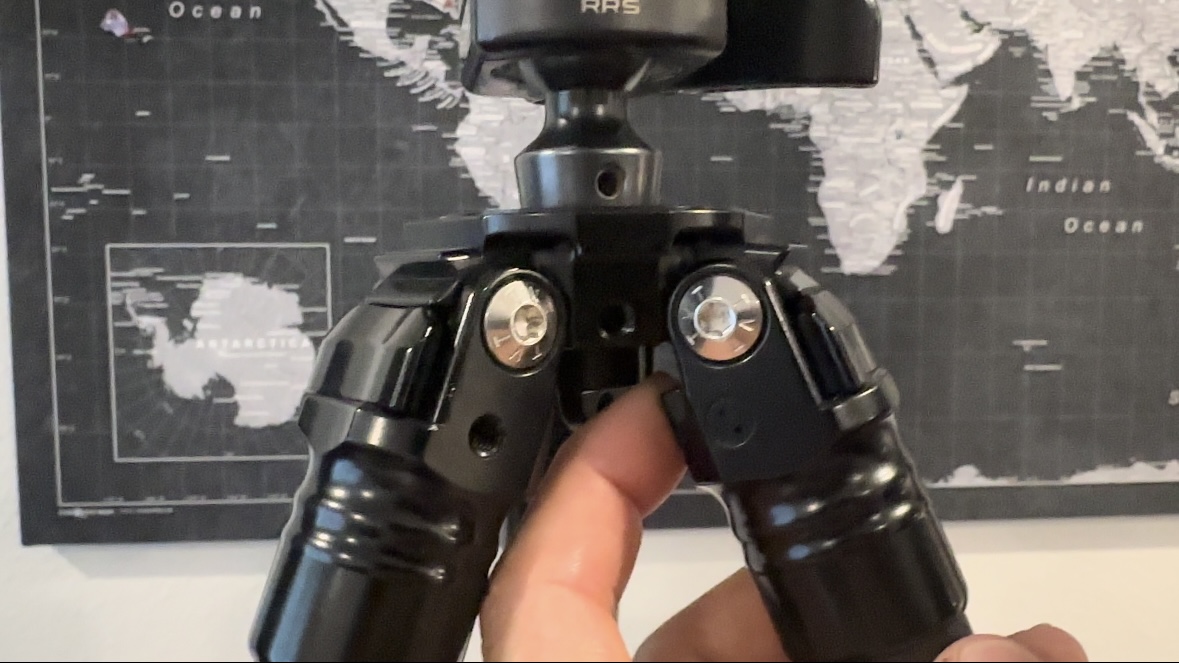
Leg Locks: Leg locks are mechanisms for adjusting leg section size and peak. They make sure that when you set the legs at a sure size, they keep securely in place. Various kinds of leg locks (twist locks, lever locks) provide various levels of comfort and safety.
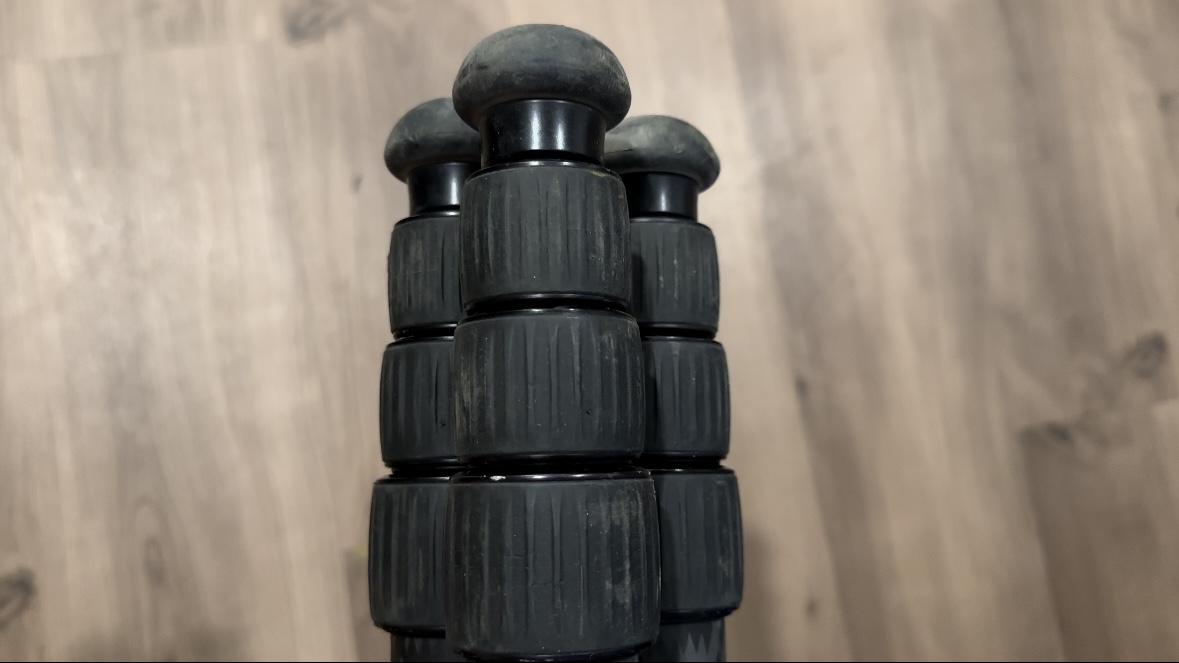
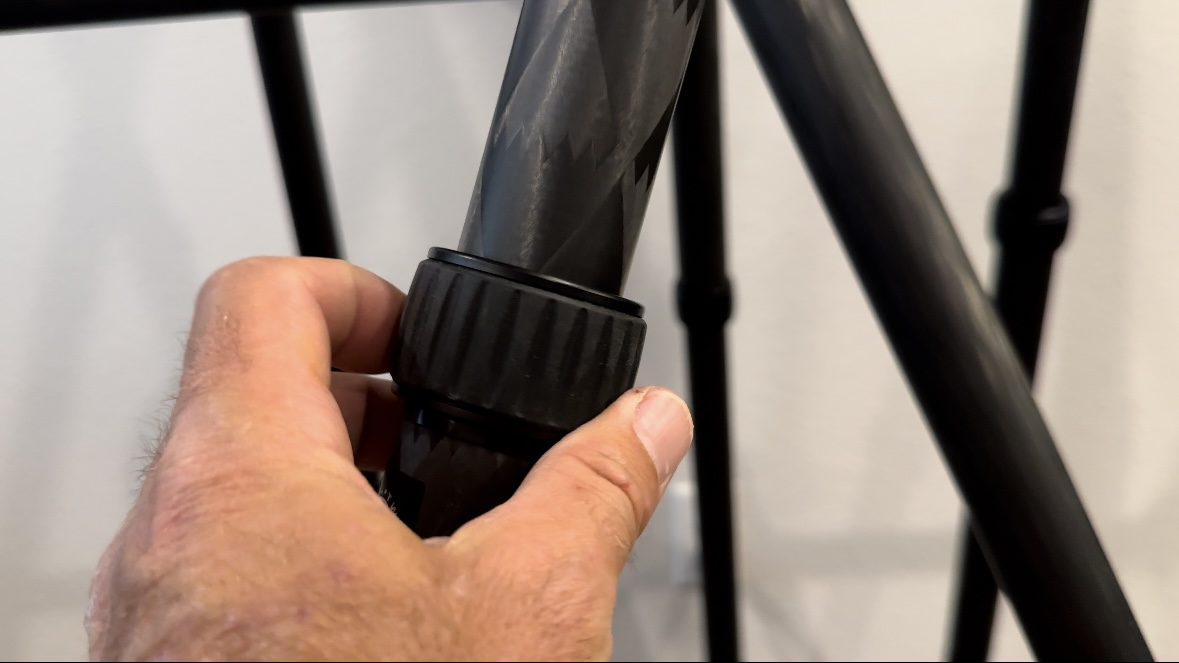
Legs: The legs are the primary assist constructions as an built-in complete. They arrive in several supplies, similar to aluminum or carbon fiber, which have an effect on the burden, energy, and stability of the tripod. The size and adjustability of the legs decide the utmost and minimal peak of the tripod.
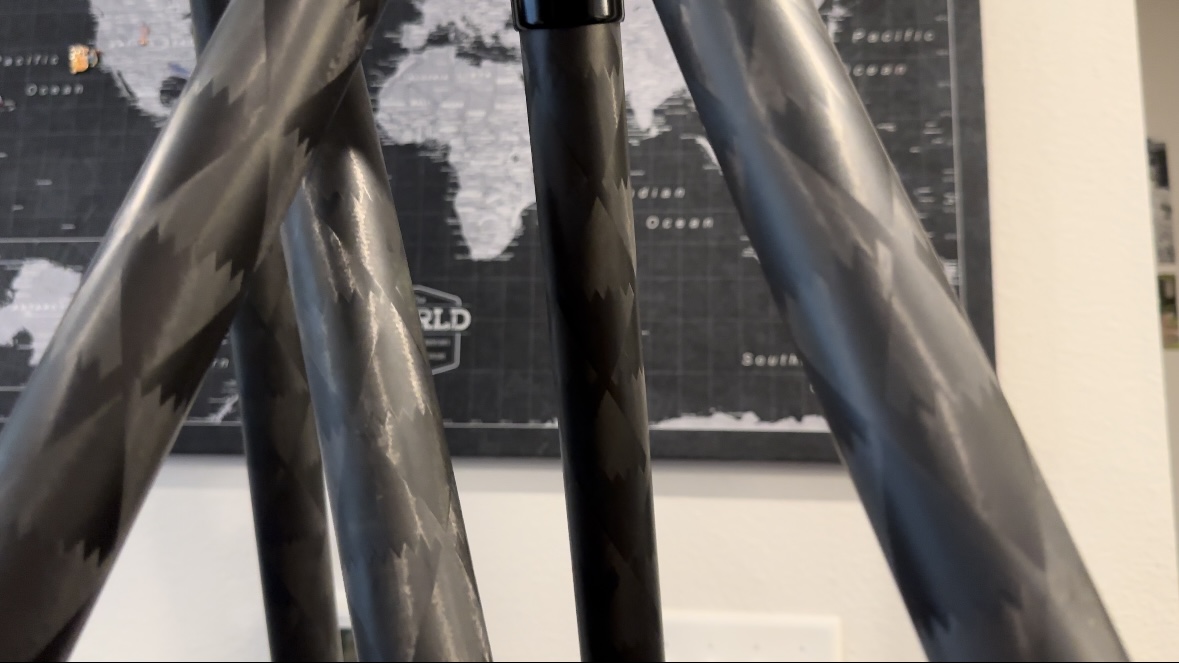
Ft: The ft present grip and stability on numerous surfaces. Relying on the terrain, you may change between rubber ft for onerous surfaces and spiked ft for smooth or sloped floor. Correctly adjusted ft are important for sustaining stability and lowering motion throughout taking pictures.
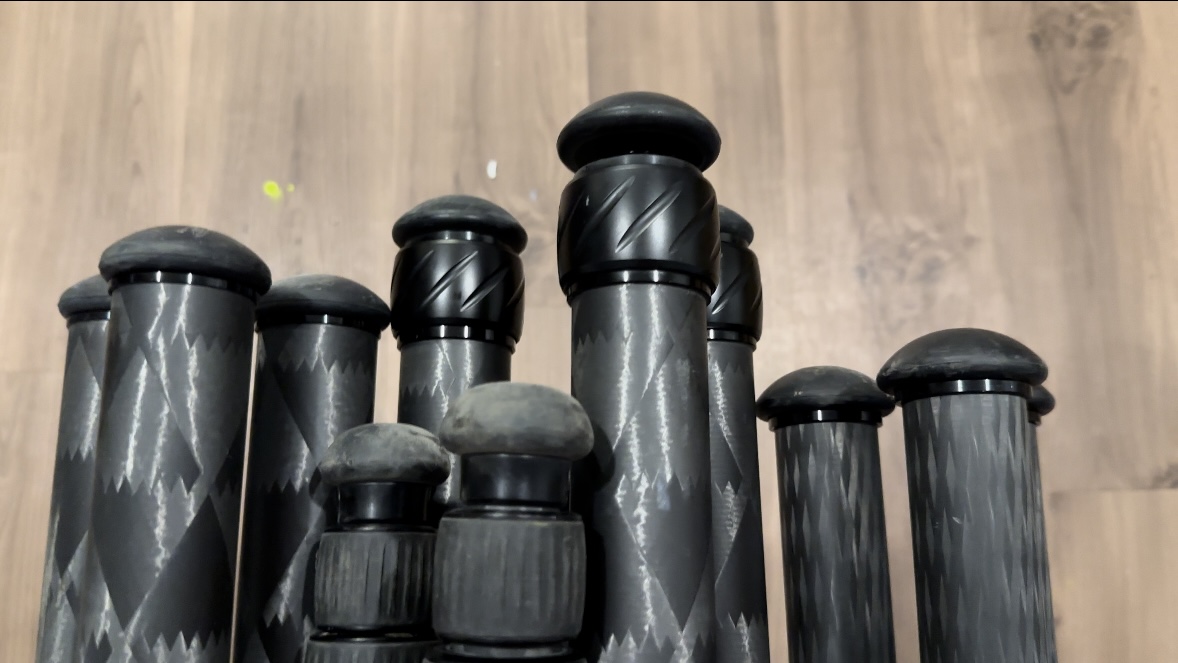

Manipulating these Tripod Options to Your Benefit
Leg Hinges:
Strategies of Manipulation: Pulling out: Lengthen the legs by pulling them out to extend the tripod’s peak. Pushing out from behind: Push the legs out from behind to widen the tripod’s stance and enhance stability. Angle Adjustment: Altering leg angles for custom-made positioning is essential to adapting to totally different taking pictures environments. Modify the hinges to set the legs at numerous angles, permitting for a decrease profile or a extra steady base on uneven floor.
Leg Locks:
Utilization Suggestions: Be certain that while you loosen and tighten the leg locks, they’re safe earlier than making use of load. This prevents the legs from slipping beneath weight, which might compromise stability accuracy and precision. Recurrently examine and preserve the leg locks to make sure they operate correctly. Dust and particles could cause locks to stay or fail.
Legs:
Utilization Suggestions: Modify legs to totally different lengths in numerous terrain to attain a flat and degree base. That is significantly essential when organising on uneven floor or slopes. Marking frequent leg positions for fast changes is referenced in lots of locations, however I counsel towards this. As a result of terrain is very variable it’s extra versatile to grow to be accustomed to the place the bottom must be and rapidly alter the peak of the bottom to attain most efficiency.
Ft:
Significance: Modify the tripod’s interplay with the bottom by altering from rubber to spiked ft as wanted. Rubber ft present grip on onerous surfaces, whereas spiked ft provide higher stability on smooth or uneven terrain. Guarantee all three ft are firmly on the bottom when utilizing the tripod. It’s frequent for much less skilled shooters to miss a raised leg, which ends up in extreme motion beneath recoil and may have an effect on shot accuracy.
Gaining proficiency
Experimentation: The quickest and best approach to achieve competence and talent together with your tripod is to apply manipulating tripod parts at dwelling. To grow to be proficient in rapidly and simply using the benefits they provide construct positions on family objects with totally different surfaces and heights. Spend time experimenting with more and more difficult eventualities to search out efficient makes use of for the components and functions of your tripod. The extra time you make investments now, the much less time you’ll spend troubleshooting in real-world conditions. Arrange apply drills that simulate totally different taking pictures circumstances. This helps construct muscle reminiscence and familiarity together with your tripod’s options, making changes second nature when it counts.
Lastly:
Observe alongside as we construct out a complete tripod program and use case portfolio. Don’t overlook to love, share, and touch upon the article for suggestions and Q&A. Your engagement helps us create higher content material and fosters a group of studying and assist.








![GUN CONTROL DISARMS VICTIMS, NOT CRIMINALS: Attempted Assassination in Slovakia, Prisoner Break-out in France [VIDEO]](https://i0.wp.com/cdn0.thetruthaboutguns.com/wp-content/uploads/2024/05/France-prison-break.jpg?w=75&resize=75,75&ssl=1)












